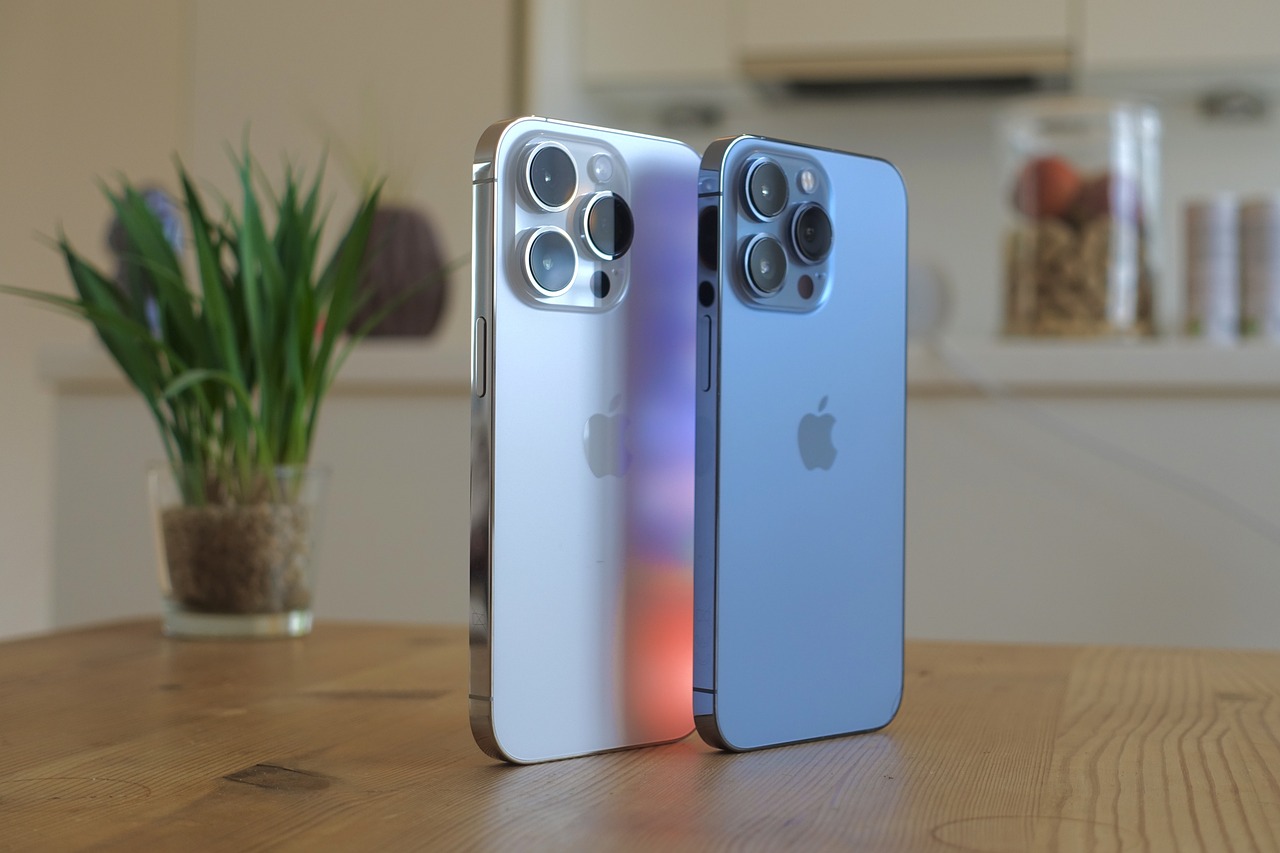- cross-posted to:
- technology@lemmy.world
- cross-posted to:
- technology@lemmy.world
The latest iOS 18 update strongly hints that Apple’s forthcoming iPhone 16 lineup might incorporate the highly anticipated solid-state buttons.
Unveiled at the recent WWDC, iOS 18 includes a much-discussed “hide and lock apps” feature that some worry could be misused for privacy concerns related to infidelity. Among its other noteworthy additions are many AI features and several notable improvements, including enhanced visual effects.



No buttons is a really dumb idea, phones have recovery modes binded to physical buttons for a reason. But then again, why would a typical iPhone user try to recover his phone on his own or even yet know that that exists altogether.
“physical buttons” are digital anyway, and solid state buttons don’t necessarily mean software controlled buttons.
I mean, this is about replacing “buttons” with “solid state buttons”. There’s no indication that a solid state button has a higher failure rate than normal buttons, and you already have cases where normal buttons break and the phone cannot be recovered.
This is like complaining that they moved to OLED because LED screens are used to convey information… it’s essentially doing the exact same thing.
I read elsewhere that they had implementarion issues, anyway they are really hard to handle because of their feedback mechanism thus easy to accidentally press. It seems that the only benefit are looks and durability at the cost of repairability, ease of use and cost.
That’s not exactly the concern: solid state buttons should be more reliable. The concern is that if something happens, like a bug or failed update, where the only hope of recovery is to reset it, you’re depending on buttons controlled by the same software that’s already broken.
In theory, mechanical buttons continue to work, regardless of the OS or drivers being locked up, so you can still recover
You’re assuming solid state buttons are completely reliant on software to run, but there’s no reason that has to be the case. Sure, for advanced stuff like “is a finger swiping across this” I agree you need software, but I doubt it’s impossible to use as binary input. “Is a finger touching this” isn’t hard when you have a little piece of hardware in there that sends out a signal when it’s being touched.